Last year marked the very first British winter I have encountered as a mountain biker. Having made a few visits to visit family in ol’ Blighty over the years growing up as a kid, I had an idea of what to expect as a pedestrian. But as I was constantly warned by Chipps, Mark, Hannah and every other mountain biker in Calderdale, there was no way I could be truly ready for the mud, snow, ice, sleet, mizzle and everything else that the Grim North™ would launch at me.
In a practical sense, I definitely wasn’t ready. I arrived in the UK in summer of last year with all of my possessions inside a single backpack, having spent a month travelling from Australia before winding up in Todmorden. There was no winter riding gear inside that backpack, because I’d mistakenly filled it up with shorts and T-shirts.
To remedy the situation, and to prepare me for the impending grimness, Chipps took me to visit Endura up in Scotland, who had offered to kit me out with a bunch of cold weather riding gear. In the process, Chipps put together an article for the magazine called ‘Winterising Wil: A Guide To Dressing For Winter Riding’, which you can read online here if you like.
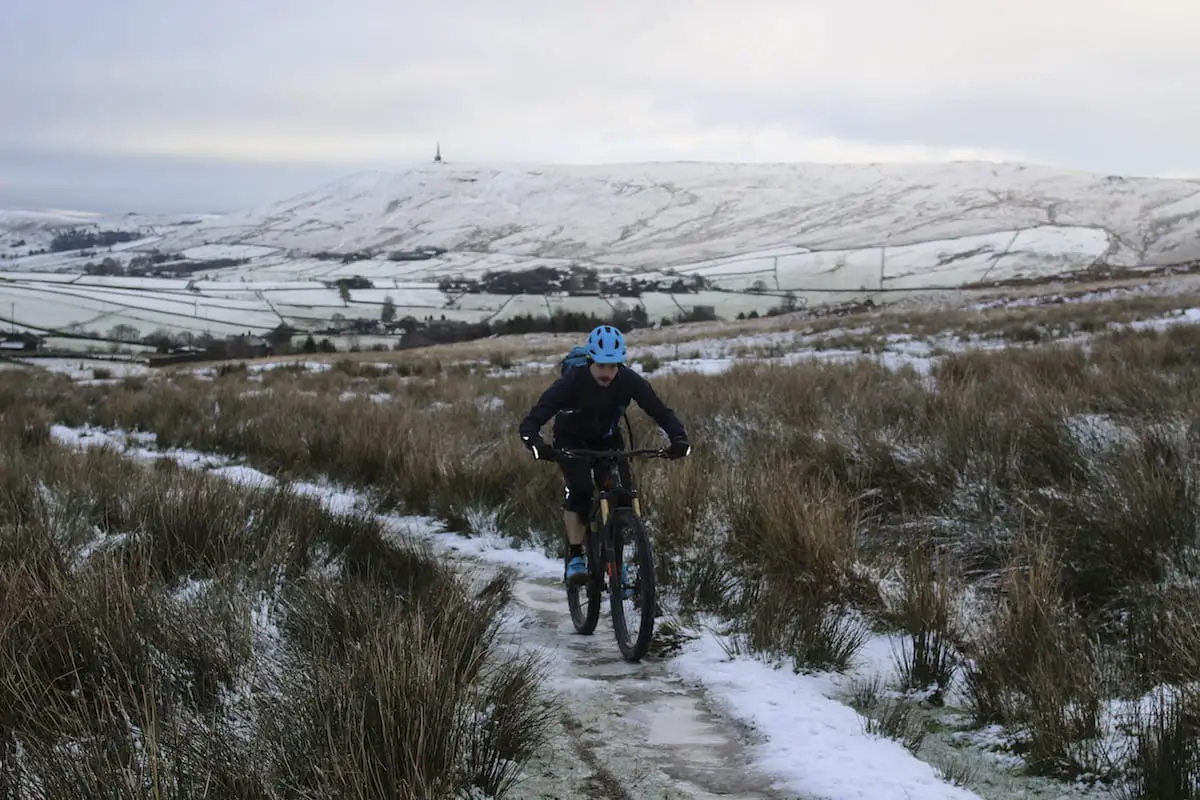
Fast-forward 12 months, and while I wouldn’t say I’m a winter-riding expert, I’m certainly off my L-plates. The beauty about working for Singletrack Magazine as the Technical Editor means that I have a shit-tonne of bikes and gear to test and review. And because those bikes don’t ride themselves (yet), that means riding a lot – often in the sorts of conditions that if it wasn’t work-related, I would 100% fob it off.
Looking back, there are definitely several garments that I’ve spent more hours in than anything else. And not just in winter either. So with a year of riding notched up, here’s a highlights reel of eight winter apparel bits that have made the experience a whole lot more bearable.
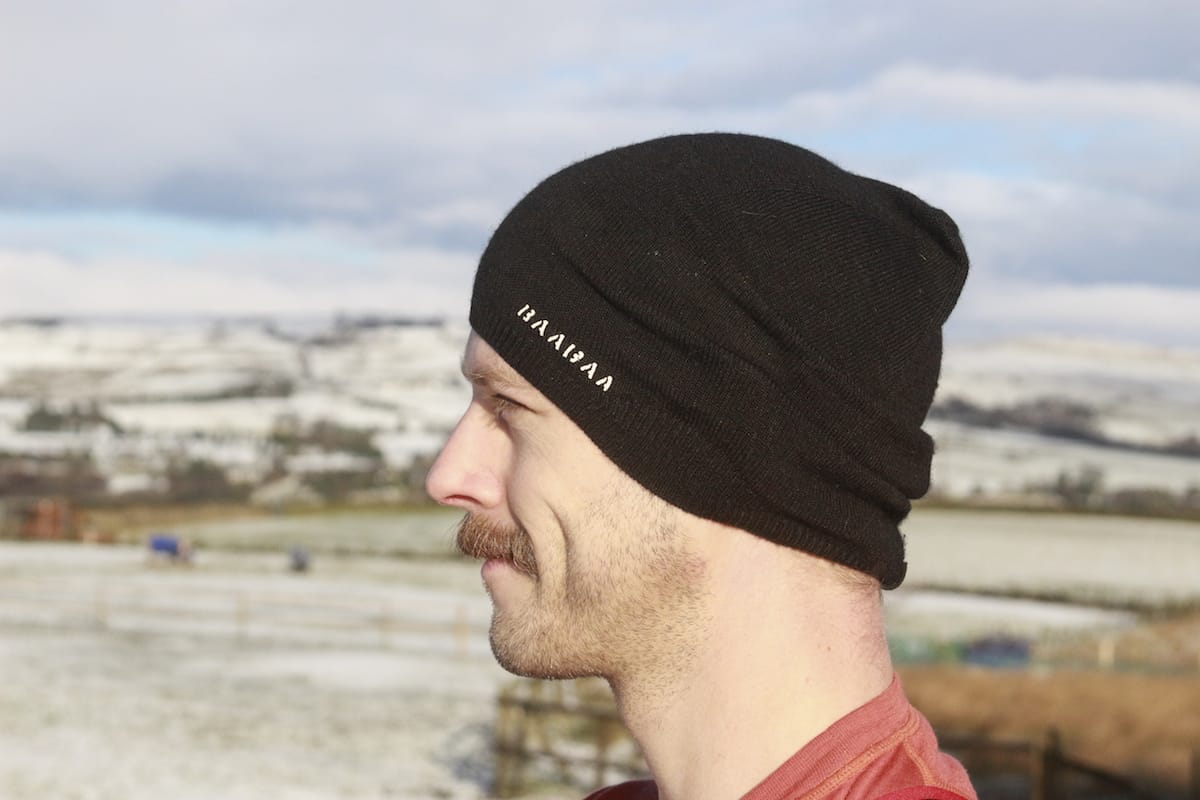
Endura BaaBaa Merino Skullcap
- RRP: £17.99
This is such a simple accessory, but for me, a skullcap has become an absolute essential for winter riding. Made with 95% merino wool (and 5% elastane for a little bit of stretch), the Endura BaaBaa Skullcap is thin enough to fit under most helmets without issue, while being thick enough to keep your noggin insulated, stopping valuable heat from being sucked out of the helmet vents.
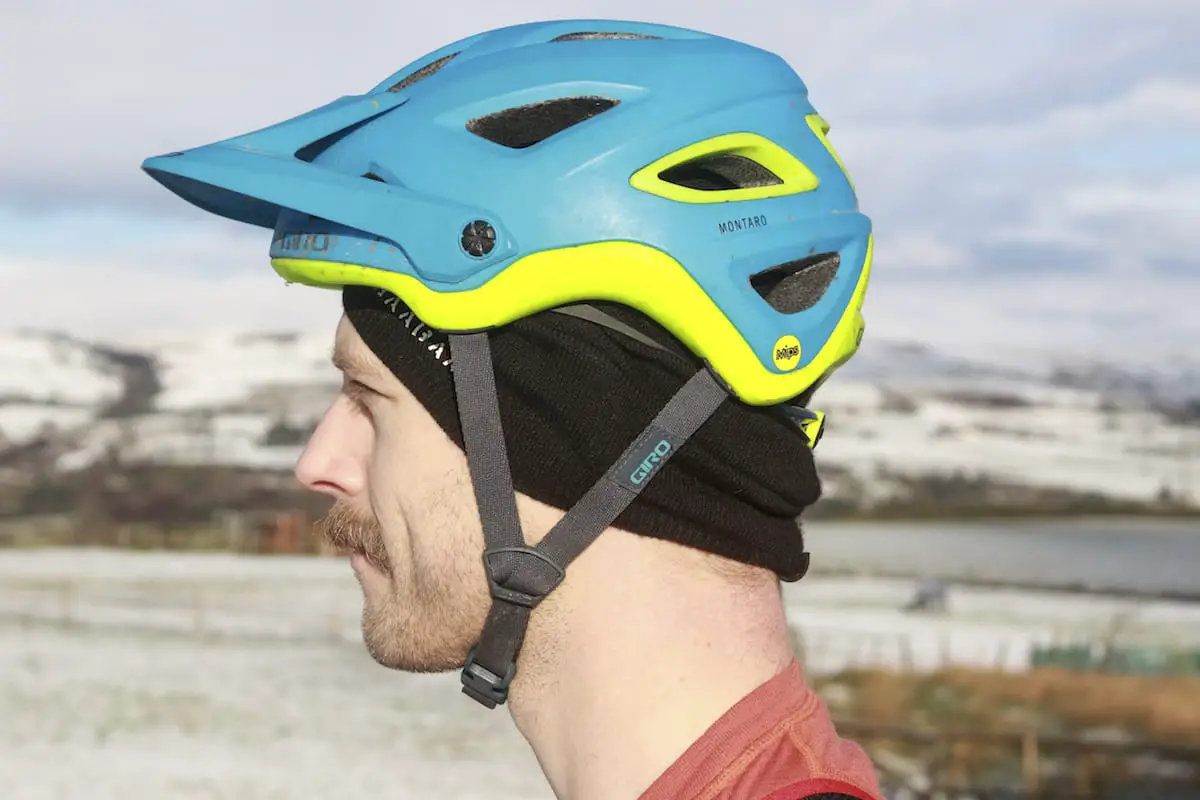
And while the myth about our heads being the major source of body heat loss has been debunked in recent years, it’s true that the head, face and chest are more sensitive to cold temperatures. Wearing this guy under my lid has made a big difference to comfort on parky mornings, and because it’s such a small little piece of fabric, it can be pulled off and stuffed into a jersey pocket or backpack as conditions start to warm up. My only beef with this beanie is that it’s too big (Endura offers one size only), so there’s a lot of excess fabric that bunches up at the back. If I had sweet dreadlocks then I’d be laughing, but unfortunately I don’t. It’s not a huge deal as the fabric just bunches up a bit down the back of the neck, but a smaller size option would be great.
Overall: A simple, but effective addition for adding comfort in cold weather riding. The fit is a bit odd though.
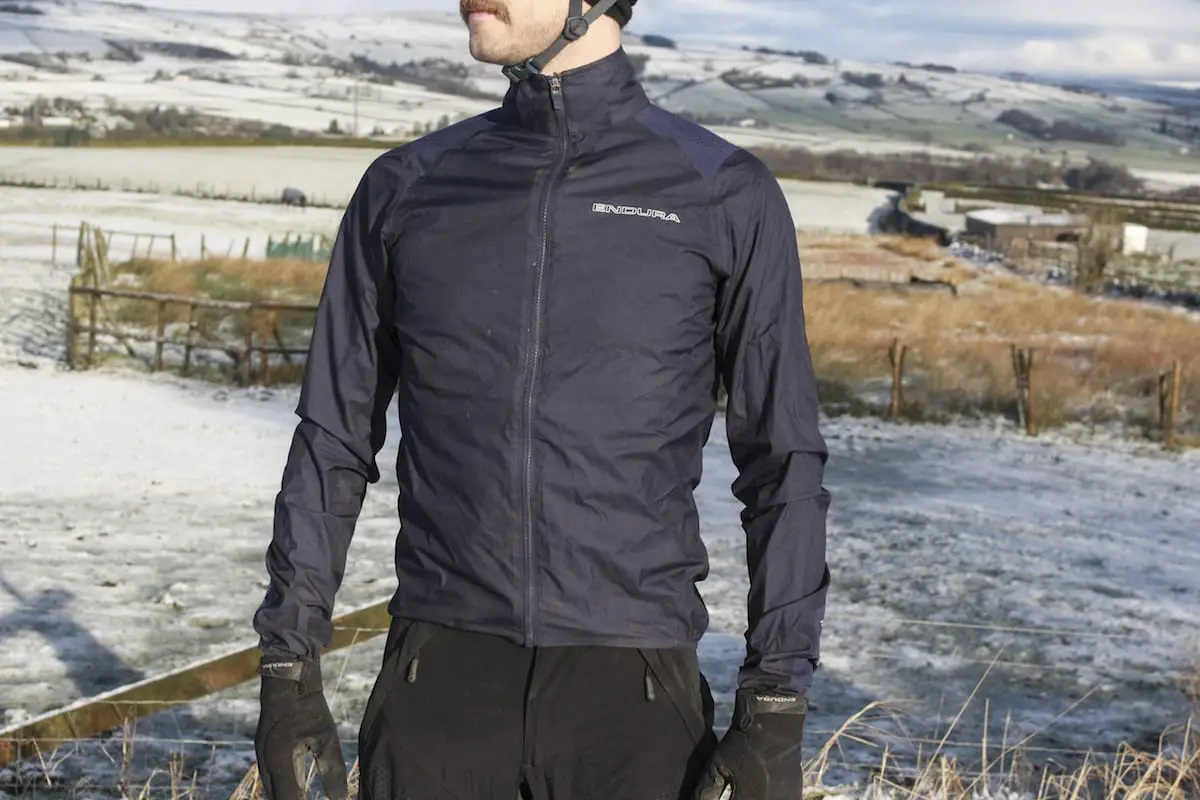
Endura MTR Shell Jacket
- RRP: £139.99
Compared to Endura’s flagship MT500 waterproof jacket (which Andi reviewed here), the MTR is a much lighter, and much more packable jacket. It’s still waterproof, but rather than being made from the heavier duty 105gsm ExoShell60™ fabric found on the MT500, the MTR jacket is constructed with a thinner 70gsm ExoShell40™ fabric. This is Endura’s own unique fabric that is made of 100% nylon, with a three-layer membrane construction that delivers a 20,000mm waterproof rating, and a breathability rating of 40,000. Basically, it’ll keep you dry when it’s really wet, and in my experience, it breathes really well too. It’s also much less crunchy than the MT500 jacket.
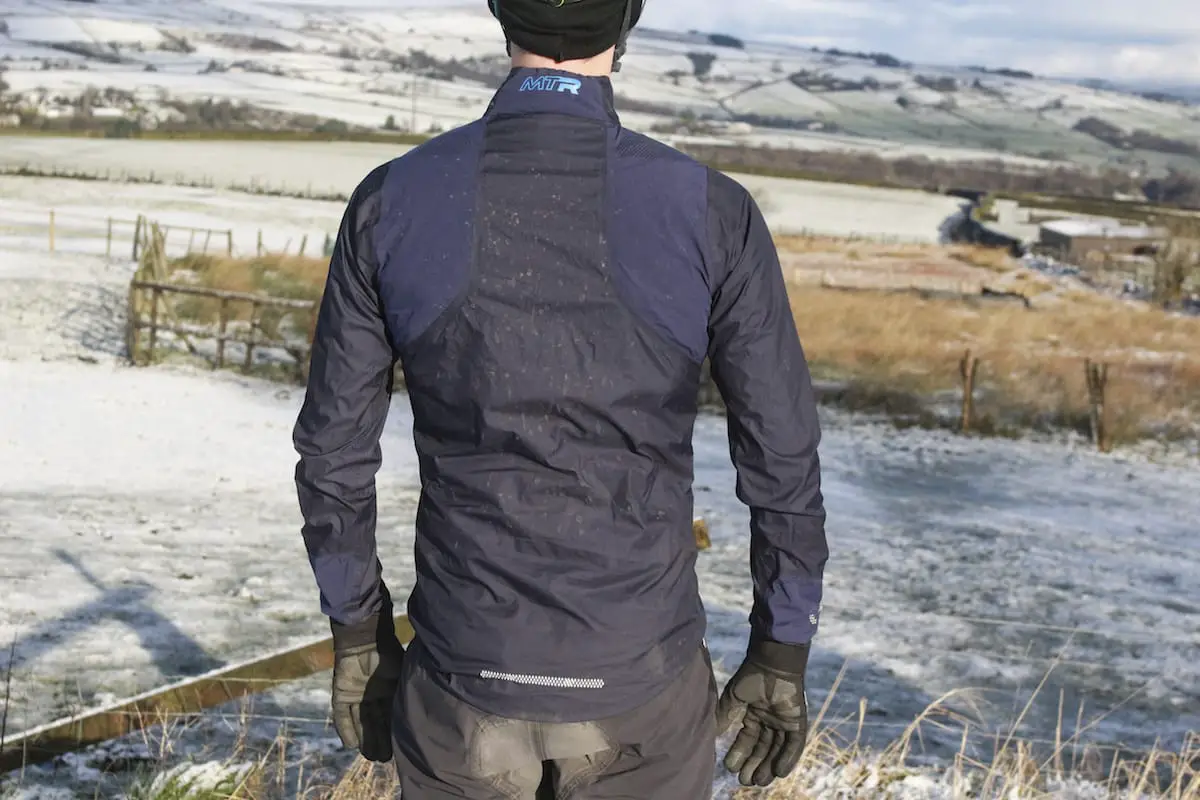
To keep it light and minimalist, there are no zippered vents, and there are no pockets whatsoever. This is a low-frills affair with just a single full-length zip running down the front. Endura includes a hood for the MTR jacket, though thankfully it’s removable via four press-studs. You can stow the waterproof hood in your pack where it takes up little space and is ready to be fitted in case of a downpour, and not having to put up with a hood flapping around my ears while descending was much appreciated.

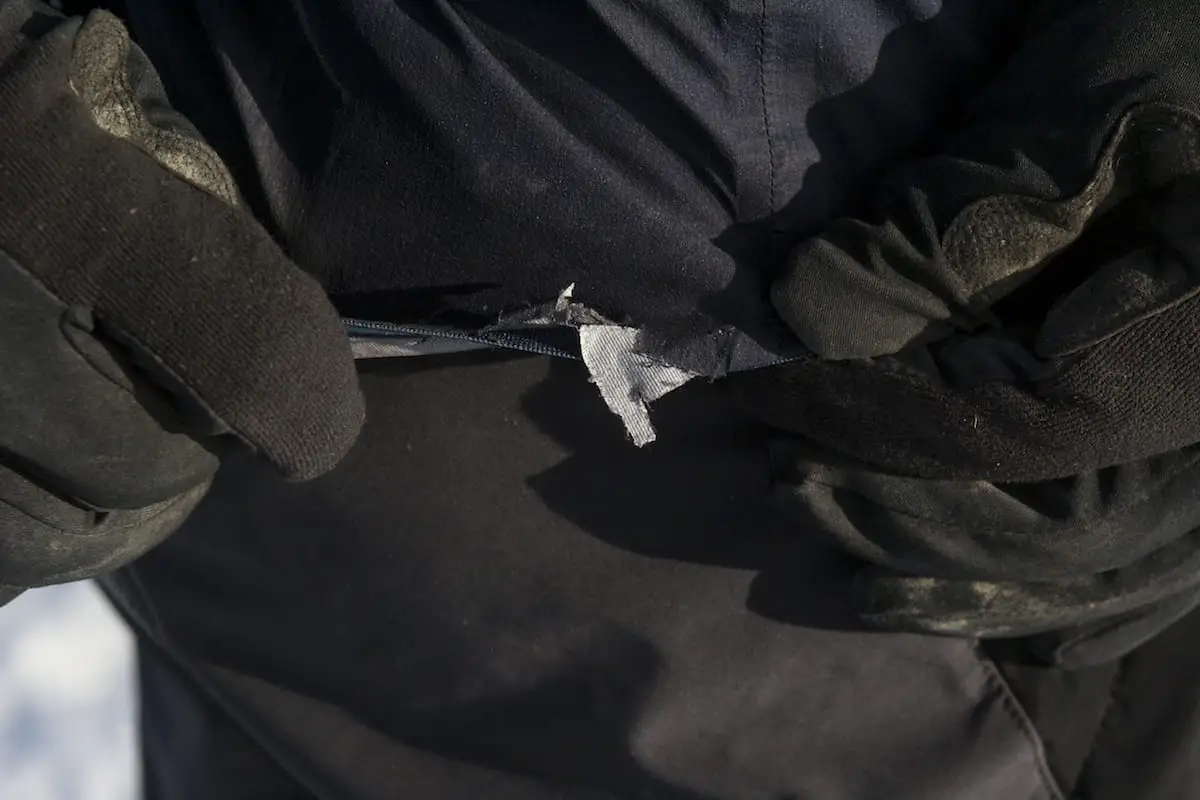
The MTR jacket fits closely, which means that flappage is kept to a minimum. I could fit a baselayer and a thick long-sleeve jersey underneath without hassle, but if you’re more of the onion-type when it comes to layering up for cold conditions, you’ll find the MTR runs out of room fairly quickly. The small-sized collar is at odds in sizing with the rest of the jacket, so I often left the zip undone just an inch or two from the top to avoid strangling myself. I’m no rugby player either, so a little more room and flexibility up the top here would be welcome. Although the overall fit is snug, stretch panels at the cuffs and around the back of the shoulders provide a comfortable and uninterrupted fit. The elasticated hem and wrist cuffs also fit well, but watch the thin fabric – I’ve put a tear in the bottom of the jacket after catching it on the bike.
Overall: Superlight and packable waterproof jacket that fits close to the body. It’s low on bells and whistles, and it isn’t as tough as heavier duty options, but that’s why it’s so light.

Endura Pro SL Primaloft Gilet
- RRP: £114.99
For riders who frequent all conditions, the simple vest is one of the must-have garments in the riding arsenal. This Endura one is a little different to a traditional wind vest though, as it features a slightly-puffy construction with Primaloft insulating fabric baffles within. These panels are used on both the front and rear of the vest, with the goal of maintaining your core temperature as the mercury drops. It is highly effective, though it achieves this without causing excessive bulk – it just gives you the appearance like you’re at a healthy winter weight.
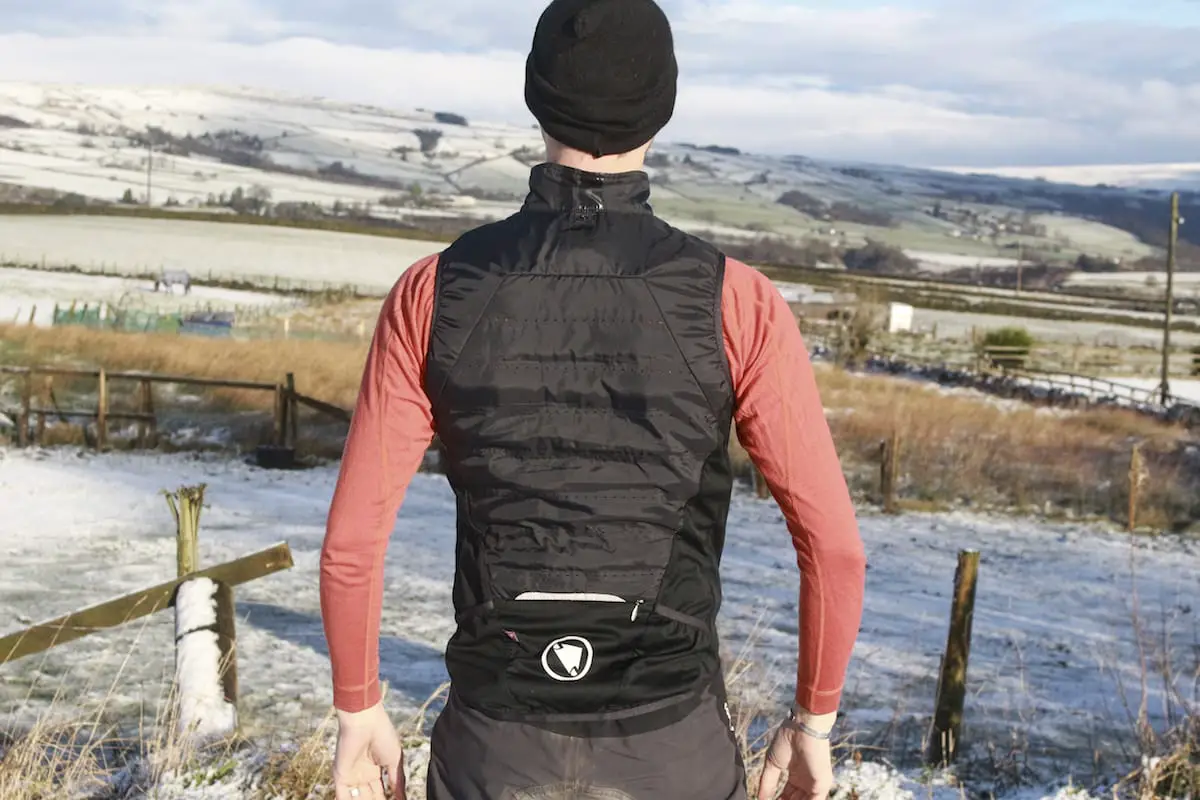
Typically any Endura garment with the Pro SL label is targeted at road cyclists, which this Primaloft Gilet is. However, I’ve found it to be a brilliant addition for my mountain bike rides, as it packs a hefty insulating punch without taking up a lot of space – literally. It packs down into its own miniature sleeping bag that you can leave stowed in your pack or gear bag, and it’s also quite versatile. I’ve worn it underneath waterproof jackets on really cold and wet days, but I’ve also worn it as an outer layer during milder, and drier days. On these rides during the shoulder seasons, the windproof panels help to cut out cold gusts, though thanks to the laser-cut perforations on the back, heat exhausts pretty well as you warm up.
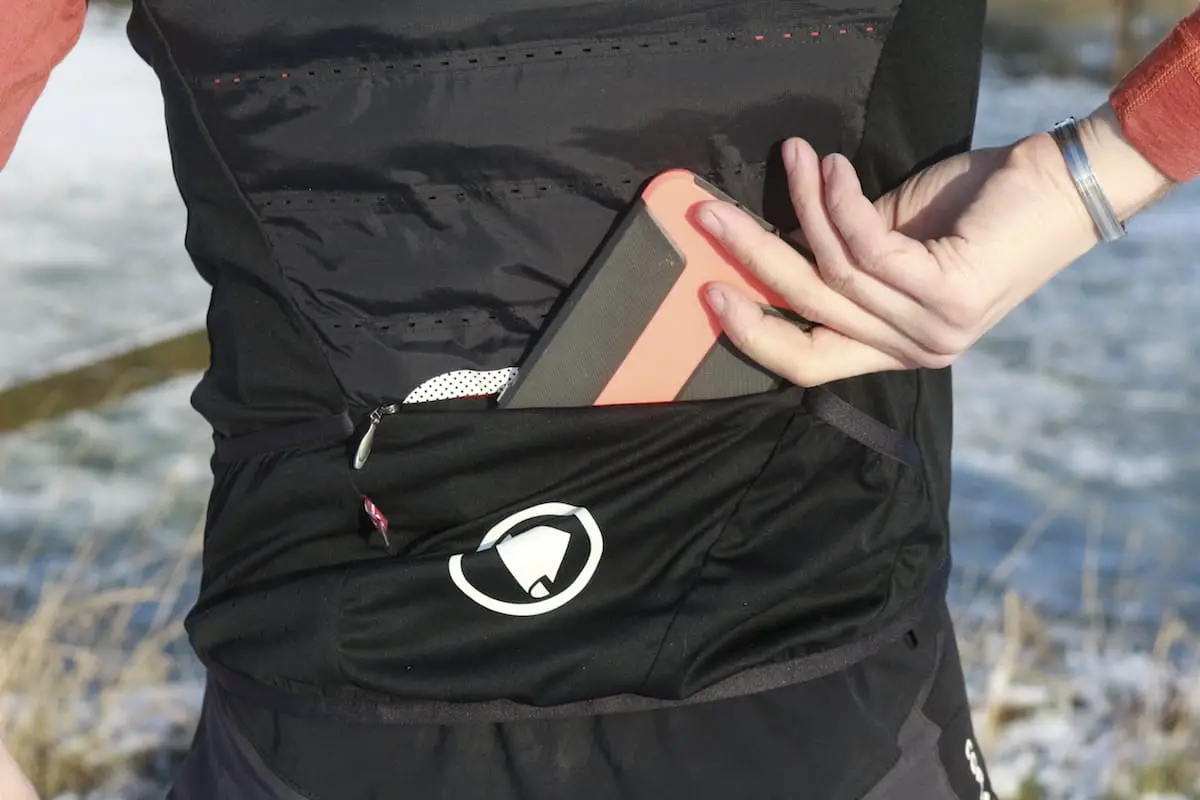
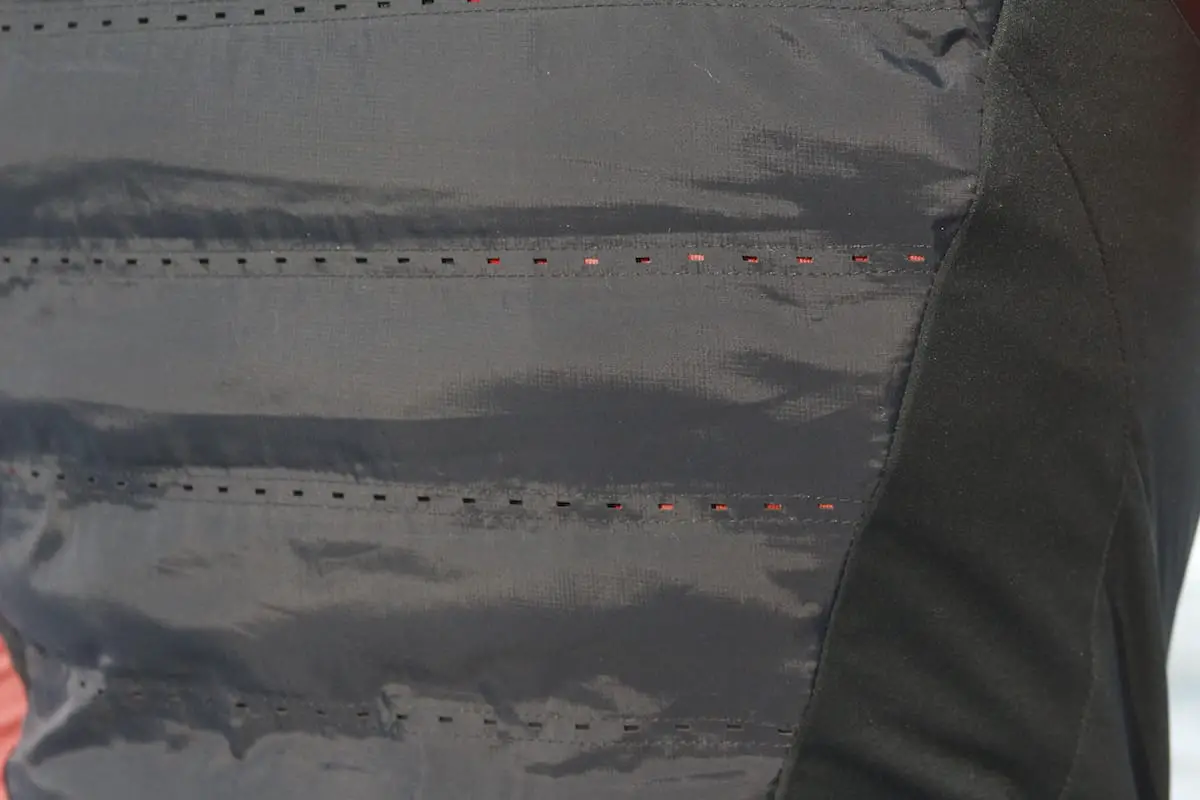
Endura describes the fit as ‘athletic’, and while I wouldn’t say I fit that description, I did find it nice and snug with a nice high collar that feels cosy around the neck. Because the side panels are stretchy though, there’s plenty of flexibility for cutting shapes while thrutching around on the trail. If you’re wearing it as an outer layer, the single felt-lined pocket on the rear will take a phone, a tube and a multi-tool, while the small stretch pockets on either side are ideal for carrying snacks.
Overall: A really versatile vest for use as an insulating mid-layer, or as an unobtrusive outer layer.
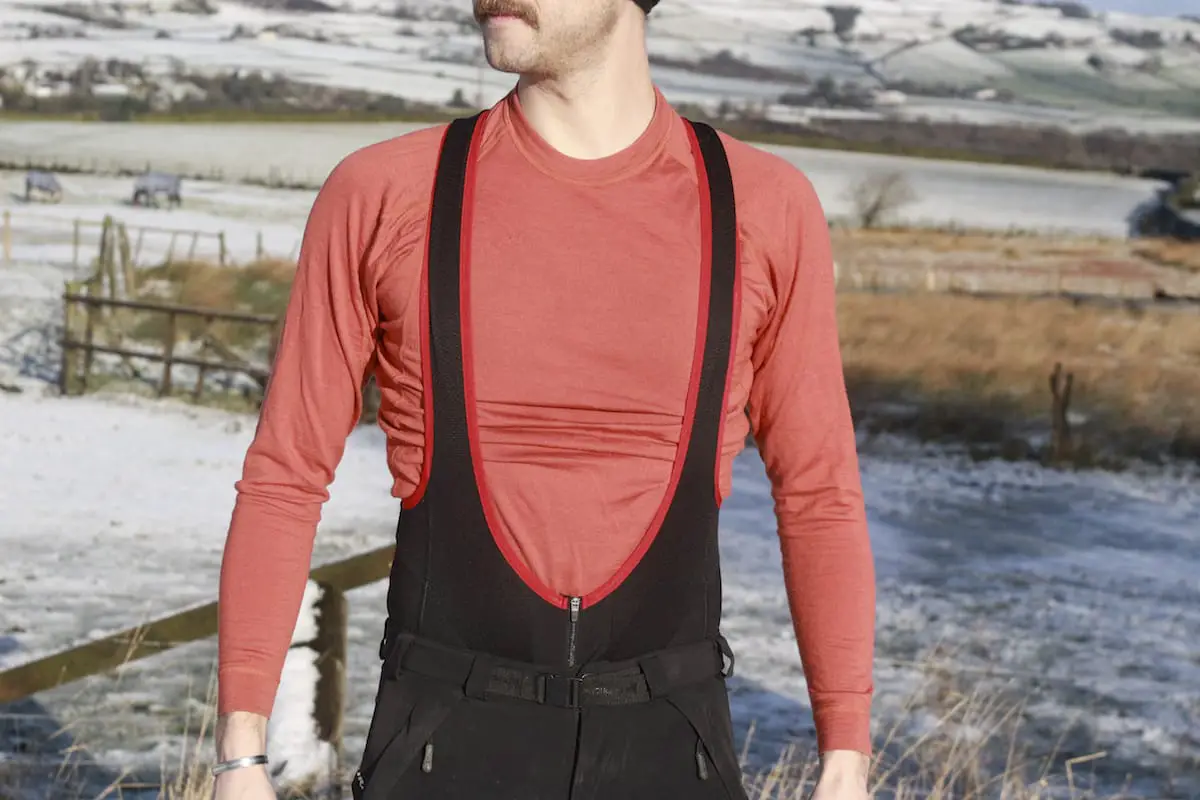
Endura BaaBaa Merino Long Sleeve Baselayer
- RRP: £49.99
This has to be one of the simplest garments I’ve used from Endura, but it’s without doubt the one I’ve worn the most. Made of 100% Merino Wool, the BaaBaa Merino Long Sleeve Baselayer is supremely versatile thanks to the heat-management properties of the natural fibre. The fabric is nice and soft to the touch, and the fit is close-fitting with a bit of stretch throughout. After 12 months of heavy use and washing, the BaaBaa baselayer isn’t sagging too much either.

I’ve also got a synthetic baselayer from Endura, which is generally the better option for really cold rides. But for more changeable conditions, the merino option breathes a lot better, and wicks moisture well, which is crucial for wearing underneath waterproof/breathable jackets. The other beauty about this is that I can usually get a week of riding out of it before I have to resort to washing it, and that saves both water and washing detergent in the long run.
Overall: A highly comfortable and versatile baselayer that’s made from natural fibre.
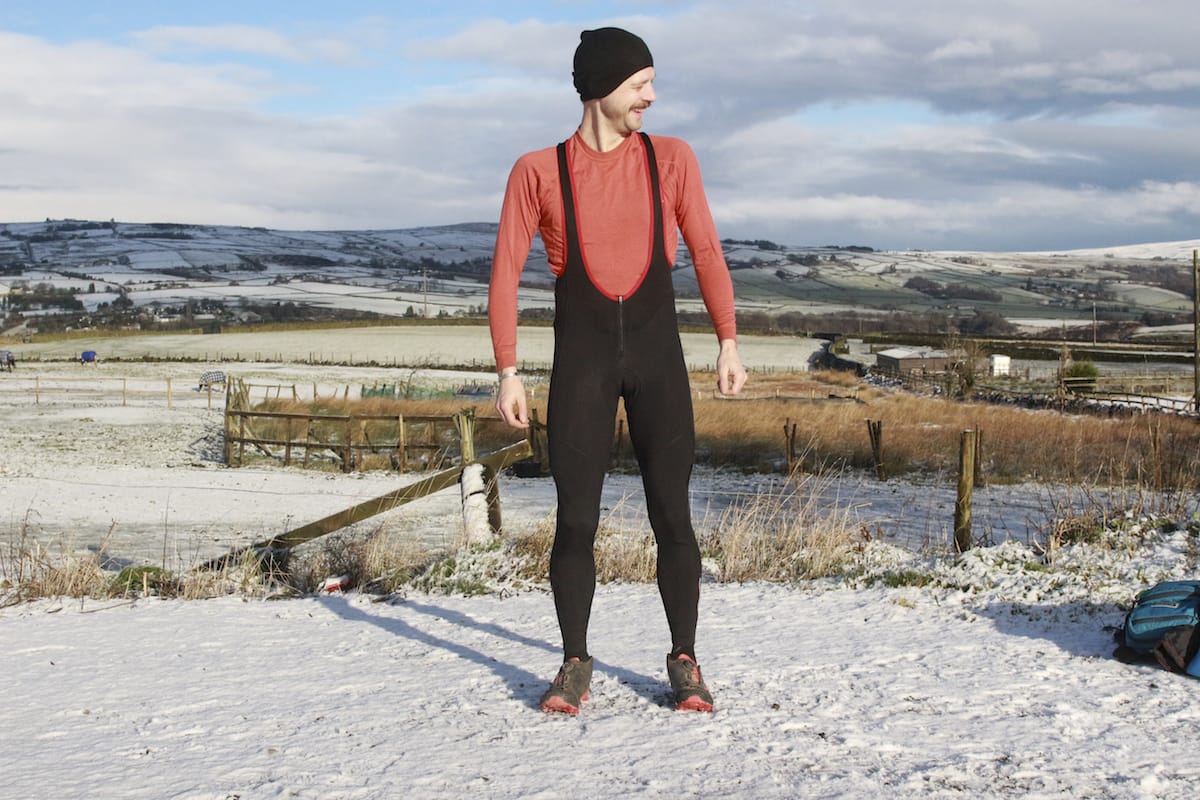
Endura Windchill Biblongs
- RRP: £114.99
Being a Scottish apparel brand that makes kit for road riders, commuters and mountain bikers, Endura has a tonne of cold-weather gear. I counted eight pairs of biblongs and three pairs of tights in the current range, which for me coming from Australia where full-length biblongs are a ‘maybe’ garment, is quite unreal. The Windchill Biblongs are the most heavy duty of the range, and they’re packed with clever fabrics to battle the cold weather either on their own, or underneath baggy shorts and trousers.
Lining the inside is a brushed fleece fabric called Thermoroubaix, which gives a lush feel against the skin. To help with shielding against cutting blasts of icy wind, the front of the legs and shin panels are equipped with a windproof membrane that is a few microns thicker than the fabric used elsewhere. For riding in temperatures around freezing, this extra insulation is both noticeable and welcome.
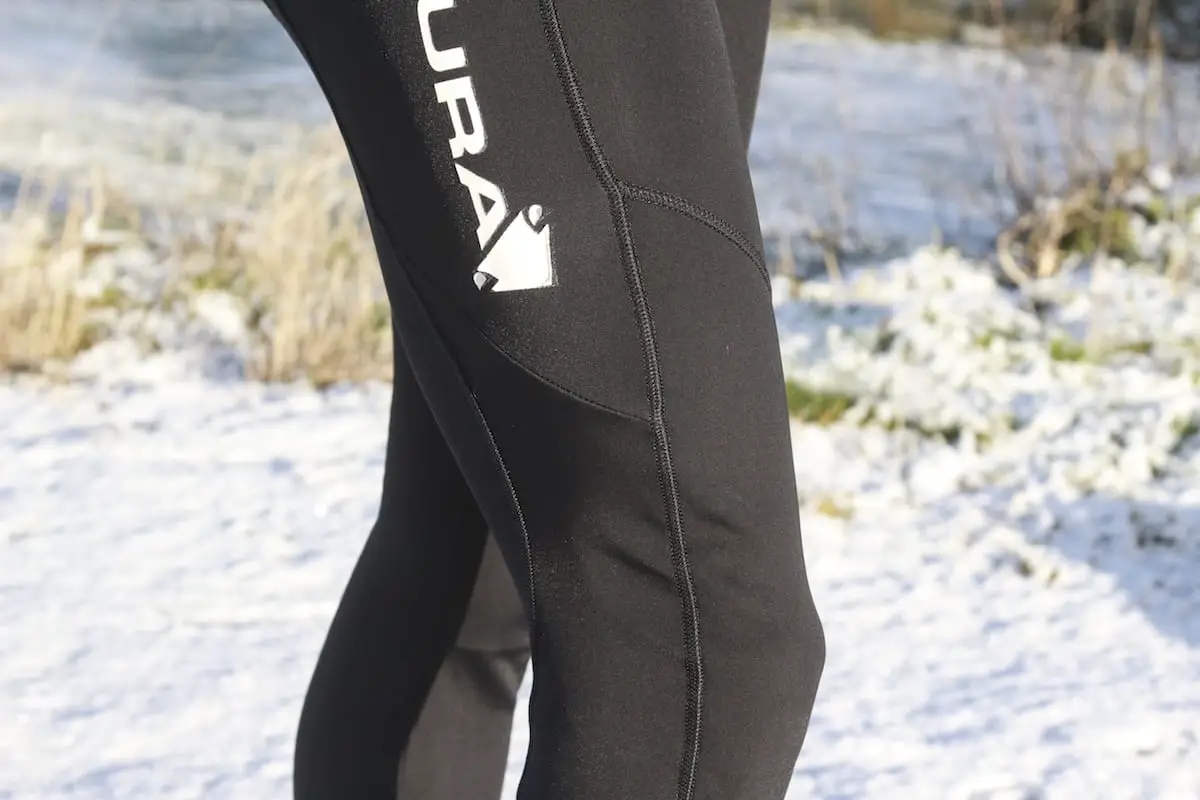
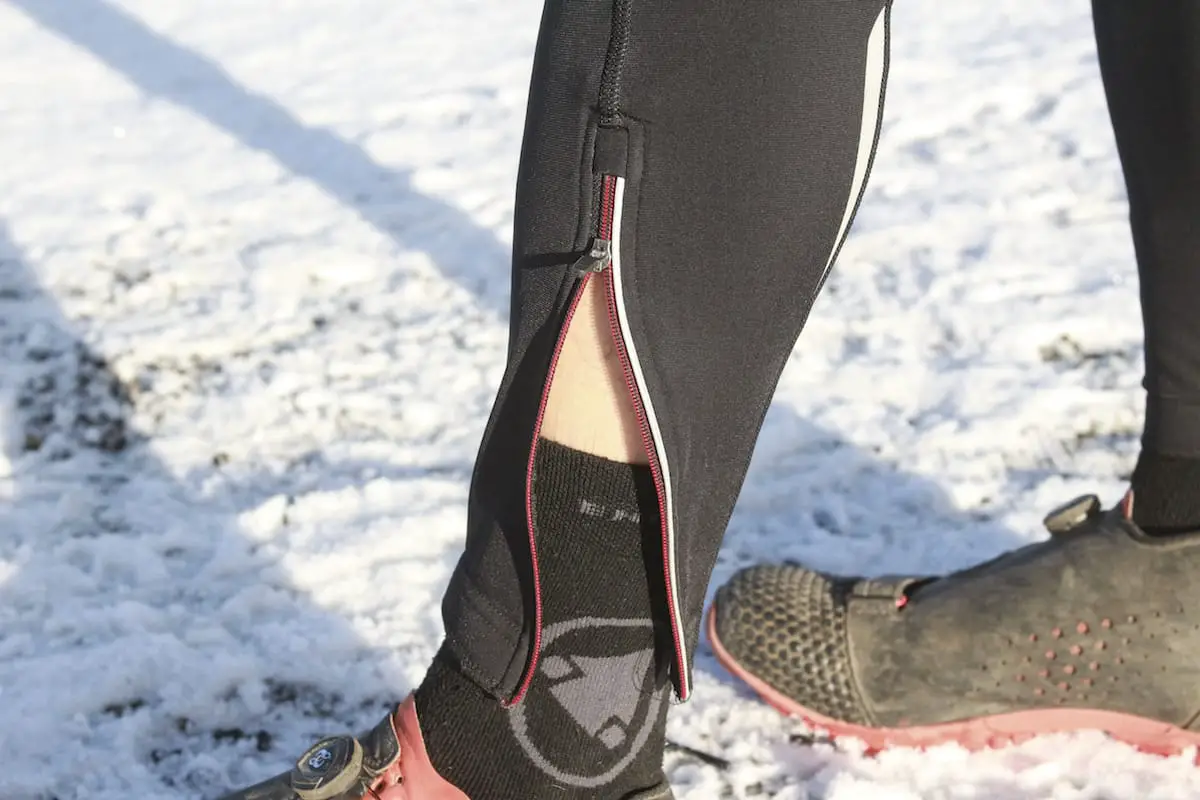
The fit is snug, and because of that thicker windproof membrane, the Windchill Biblongs do need a bit more dancing about in the bedroom to get the fabric pulled up and over your thighs. There’s a zip down the bottom of each leg to help you out there, and another zip around the belly button where the bibs come up high over your waist for a little more warmth around the tummy. The stretchy 600-series chamois is thoroughly comfortable too – I have no complaints there.
Overall: Warming biblongs that feature nifty wind-proofing details and an excellent chamois. I’d love to see some stealth pockets added on the rear of the harness for pack-less riding though.
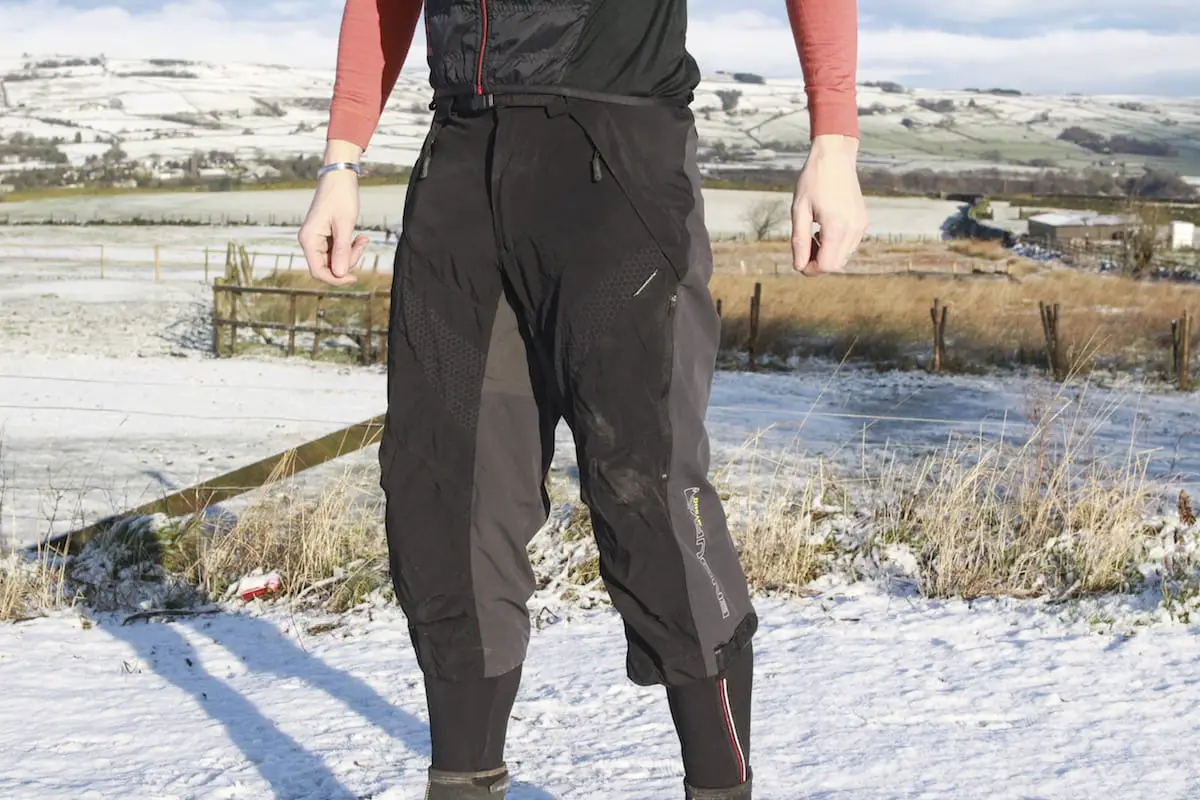
Endura MT500 Spray Baggy 3/4
- RRP: £84.99
This is one of the few Endura garments that I’ve had the opportunity to use in Australia too (it occasionally rains there). And I’ve found the MT500 Spray Baggy to be equally as brilliant riding around the muddy trails of Calderdale.
Rather than using a full waterproof construction, the MT500 Spray Baggy selectively places the grey waterproof fabric panels around the rear of the short, and through the crotch as well. This three-layer waterproof fabric is seam-sealed on the inside, and the crotch panel is reinforced using a three-layer Cordura fabric for durability. As the name implies, it isn’t necessarily designed to keep you dry during a downpour, but more so to stop muddy tyre spray from turning your chamois into a sopping nappy. And given that our local trails are more often that not wet – even if it isn’t raining on you during your ride – having the extra protection is a boon.
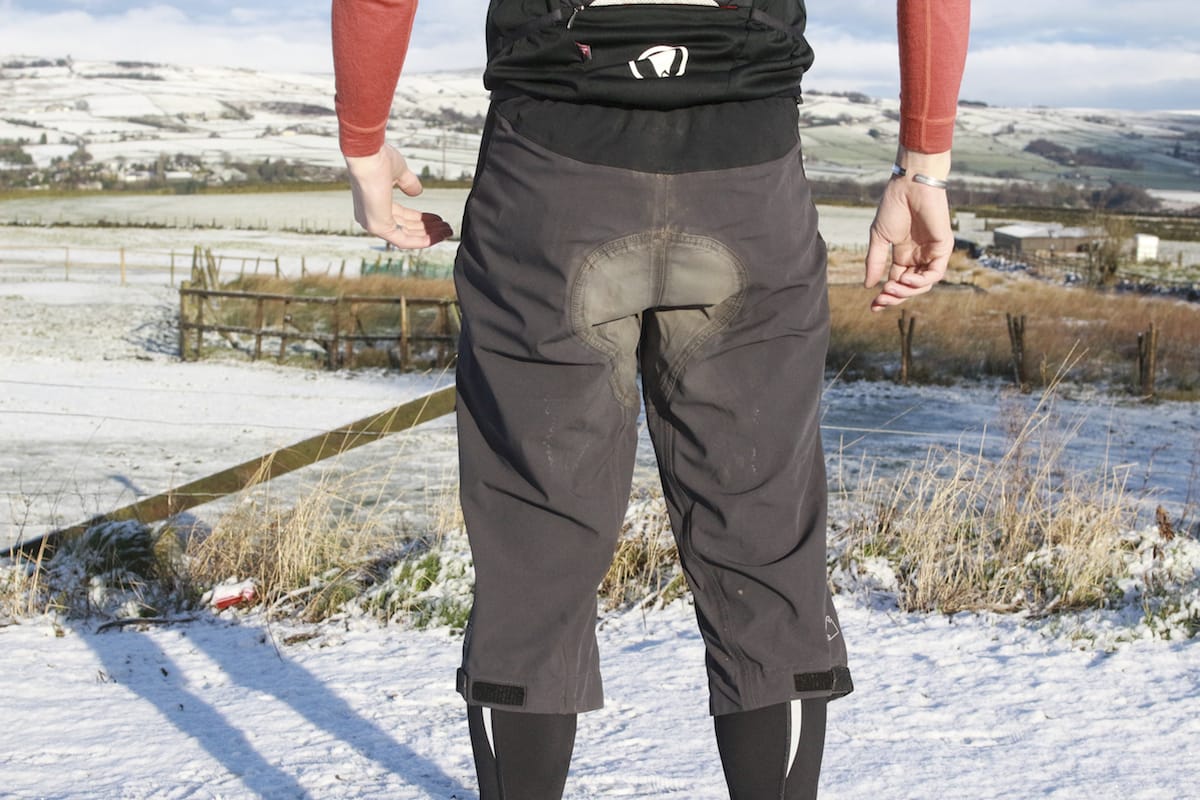
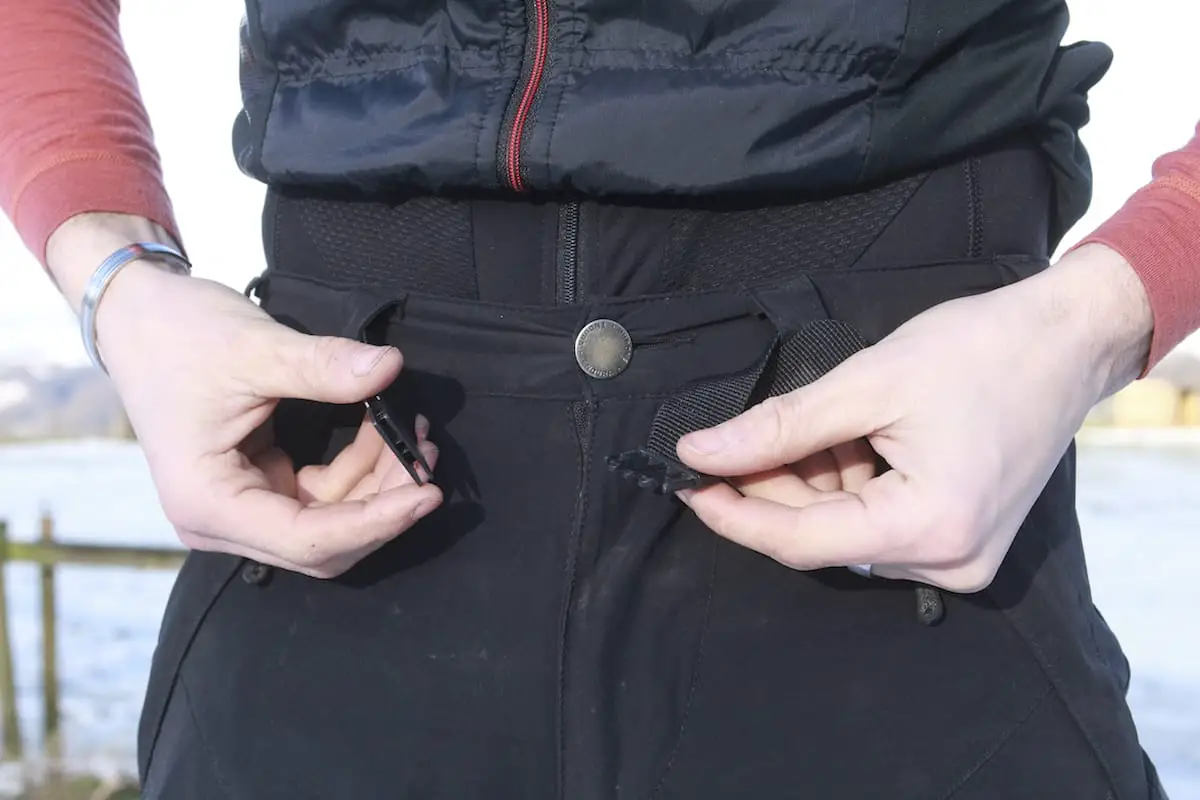
Keeping the MT500 Spray Baggy comfortable while pedalling, the front panels are made with a lightweight and flexible four-way stretch fabric. On the back, the upper waterproof panel also has a bit of stretch to it, as does the waistband, which all makes for a fluid fit. The knee is articulated and accommodates knee pads without drama, and for Autumn and Spring riding where it can be wet, but muggy, the zippered thigh vents work surprisingly well. There is also a standard short version of the MT500 Spray Baggy, but personally I prefer the added splash coverage of the 3/4 version.
Overall: A classic baggy short with waterproof shielding where it counts.
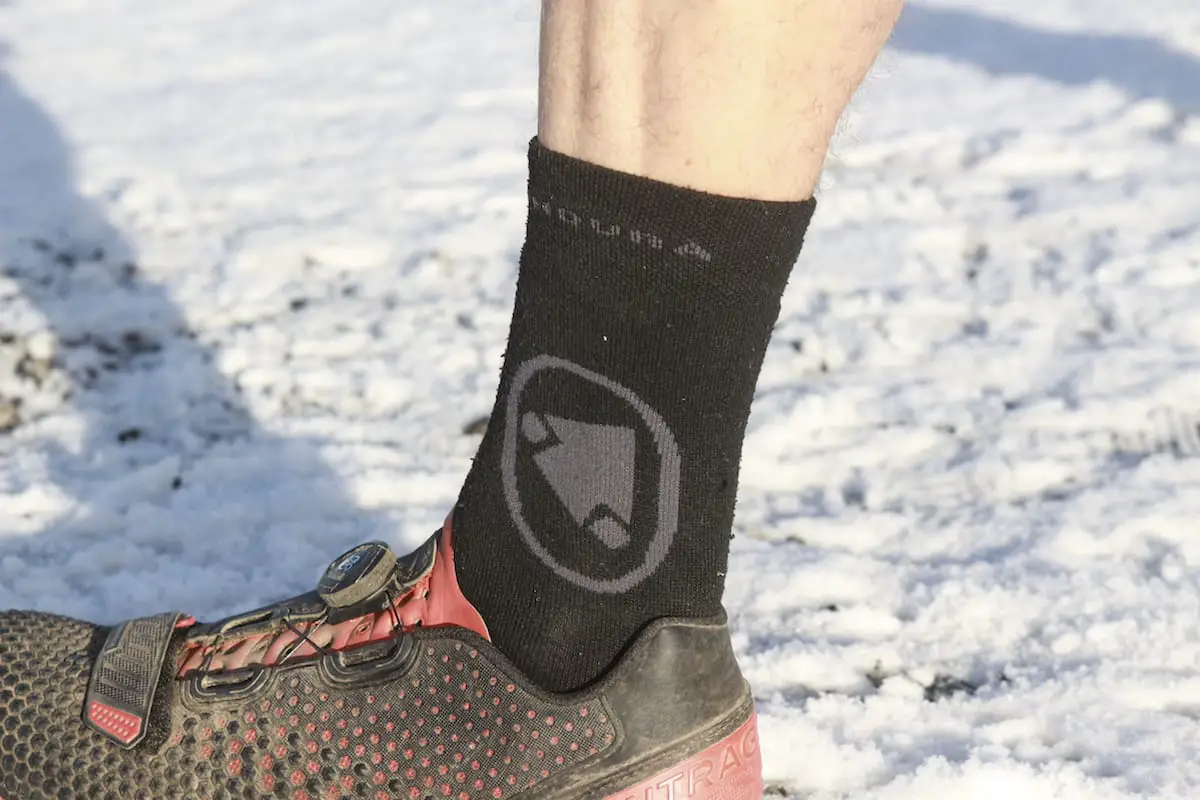
Endura Thermolite II Socks
- RRP: £27.99 (twin pack)
Socks are socks right? To a certain extent, yes, and realistically, the Thermolite II socks from Endura aren’t doing anything different in the foot-glove department. What they are doing with these is providing a well-insulated riding sock that is thick enough for warmth, without being like a bulgy hiking sock that causes awkward fit issues with your existing cycling shoes. They’ve got good length to them to tuck in underneath bib tights, with good coverage for your ankles and lower shin area. And because summer here isn’t exactly what I’d describe as being ‘hot’, I’ve made plenty of use of these all year round. These come as a pair in a twin pack, and all four socks have been absolutely punished through my washing machine over the past 12 months. Despite all the wear and tear, they’re still holding shape with no thinning in sight.
Overall: A bit boring on the design front, but these are comfortable, warm and durable mid-weight socks.
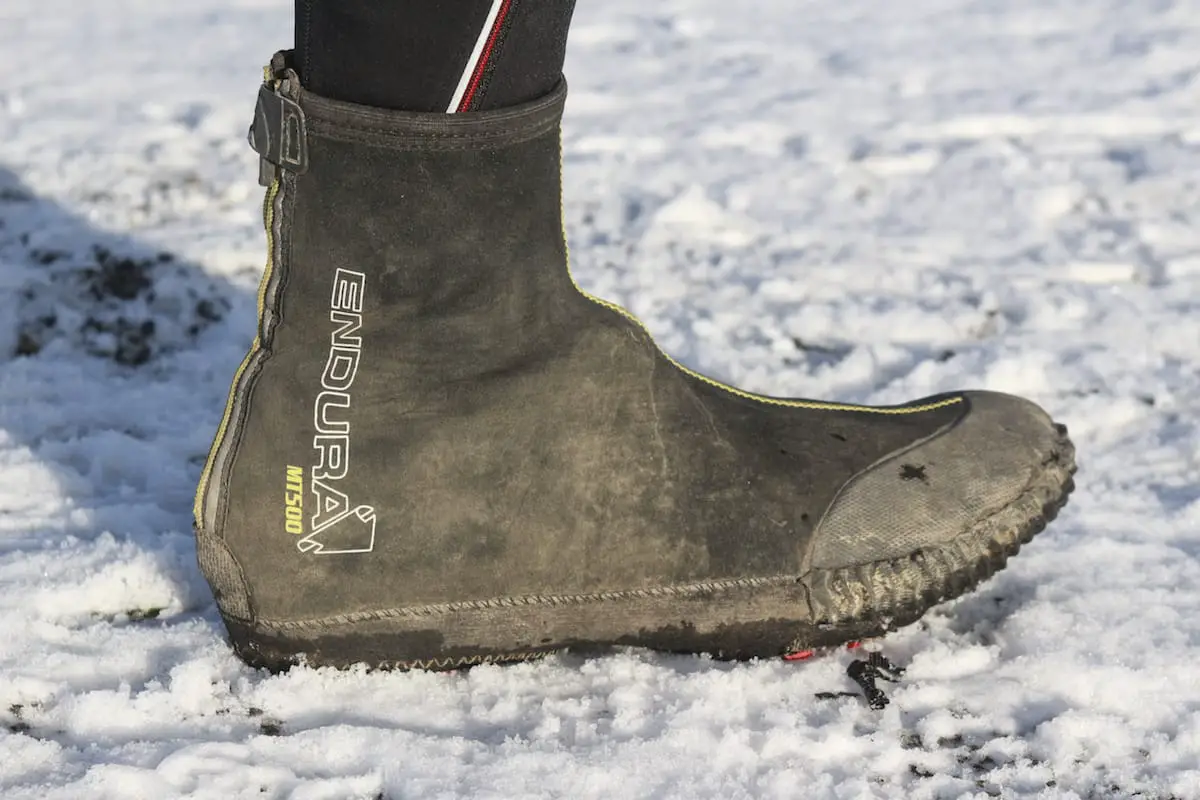
Endura MT500 Overshoe II
- RRP: £32.99
As has become clear in any story we’ve run on overshoes (or booties as I like to call them), you’re either into them or not. Many riders prefer to wear a dedicated winter shoe or boot, much like one of the 8 pairs we recently tested and reviewed. I’m a bit 50/50 on this one, because I like my current mountain bike shoes. They fit well, they allow for good seamless engagement with the pedal, and unlike winter boots, they provide good flexibility around the ankle. By running booties through winter, I can maintain all of that while adding a bit of extra warmth and wet weather shielding, without having to commit to a whole new pair of boots.
Endura’s 2nd generation MT500 Overshoe is made with a neoprene upper, not unlike a wetsuit. It has a big and thick moulded rubber toe cap for durability, with textured tread on the underside to give a little more traction while death-marching across muddy bogs. With size 45 shoes I’m on the cusp between the Large and X-Large size, but went with the Large for a tighter fit, which does require a more rigorous fitting procedure, and has put the poor zippers under a fair bit of stress. Add in all the mud and gritty puddles I’ve been bombing through, and I don’t think I’m too many rides away from busting both of them. Perhaps it’s telling that Endura has moved to a Velcro closure for the new MT500 Plus Overshoes.
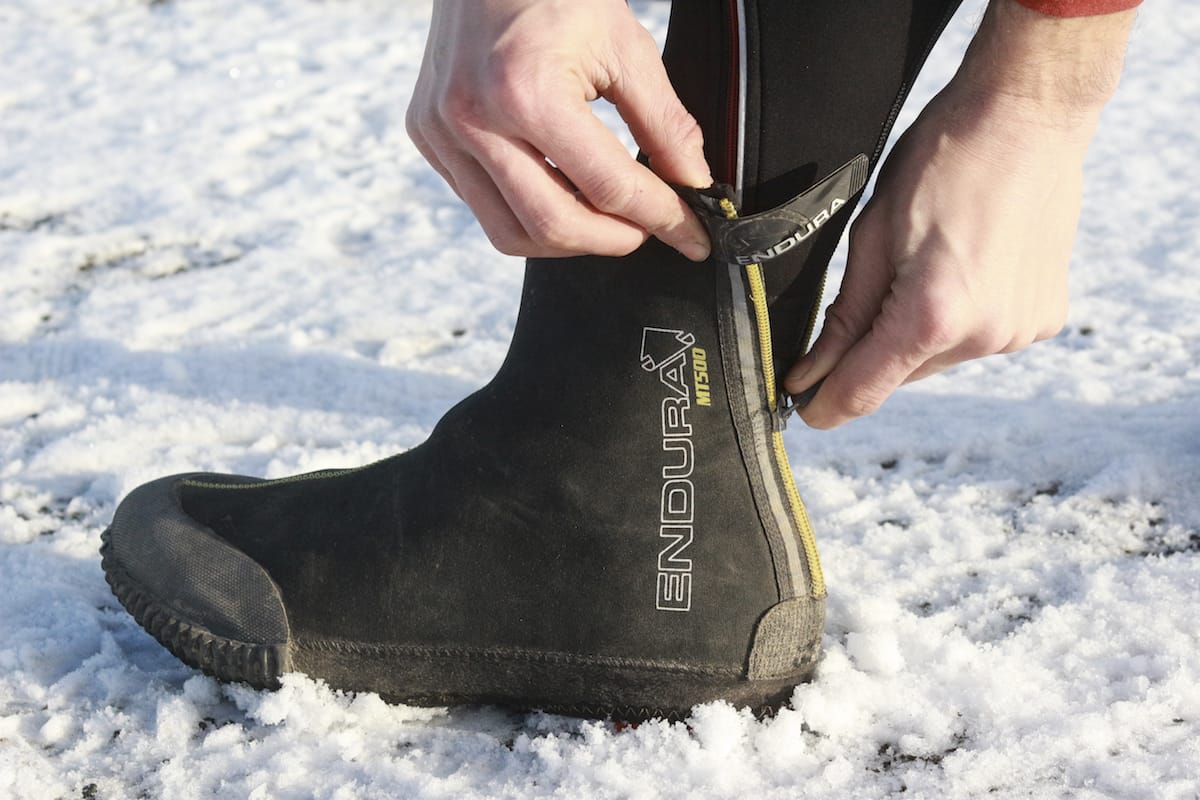
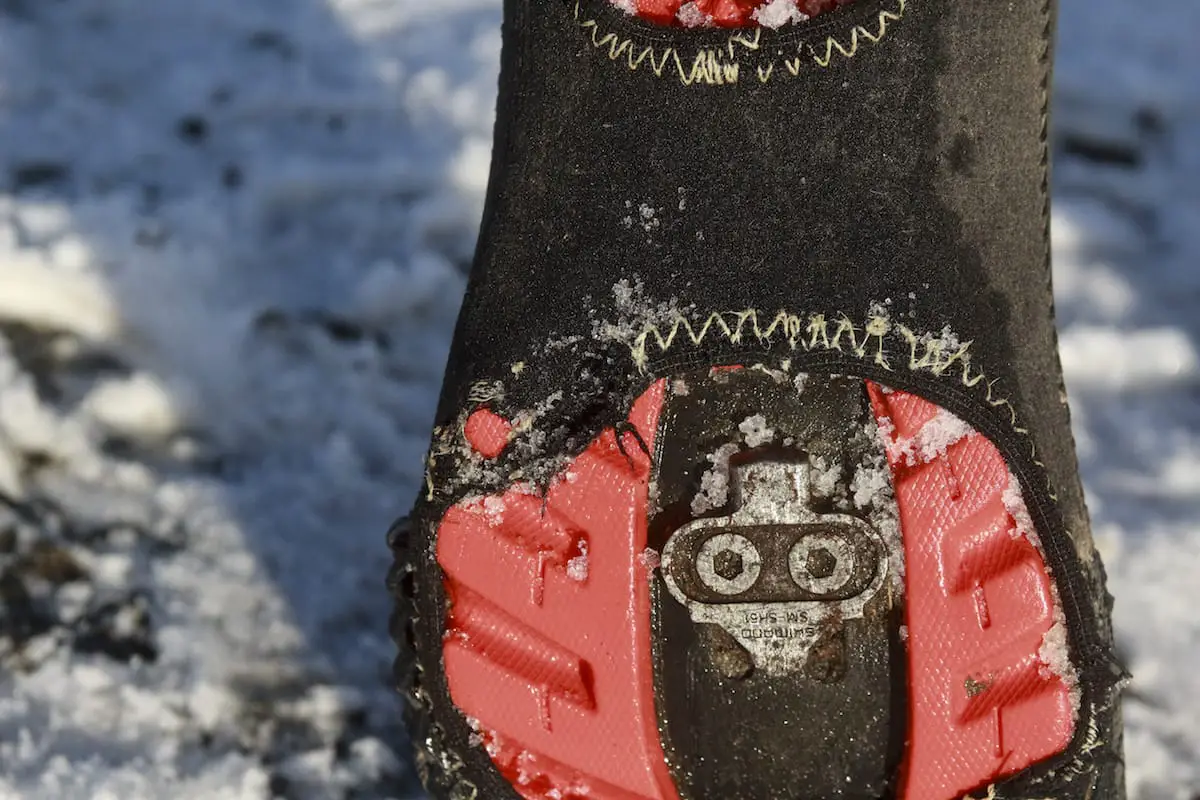
One thing to note about fit with these booties is that they’ll generally work better with more XC-ish type shoes – anything with a big square toe box (like a Specialized 2FO or Shimano AM9) is just not going to happen. I’ve mostly used the MT500 Overshoes with a pair of Bontrager Rhythm shoes, which have fitted really well. For splashy rides the overshoes have kept my feet dry, but when water does inevitably work its way inside (either through the open sections on the underside, or down the top and into your socks), these have provided sufficient insulation to keep my feet warm.
The biggest downside is that after a solid year of bashing about in these with large platform-style SPD pedals, the stitching on the sole is starting to tear away. Smaller SPD pedals are no worry, but anything with pins or grippy bodies is going to rip these up the soft neoprene fabric pretty good. Likewise, the more hike-a-biking you do, the shorter you can expect the lifespan to be. That’s an unfortunate reality with overshoes, which are (rightly) more consumable than the shoes they wrap around.
Overall: A decent overshoe that provides valuable winter warmth for SPD shoe-wearers. Don’t expect them to last forever though.
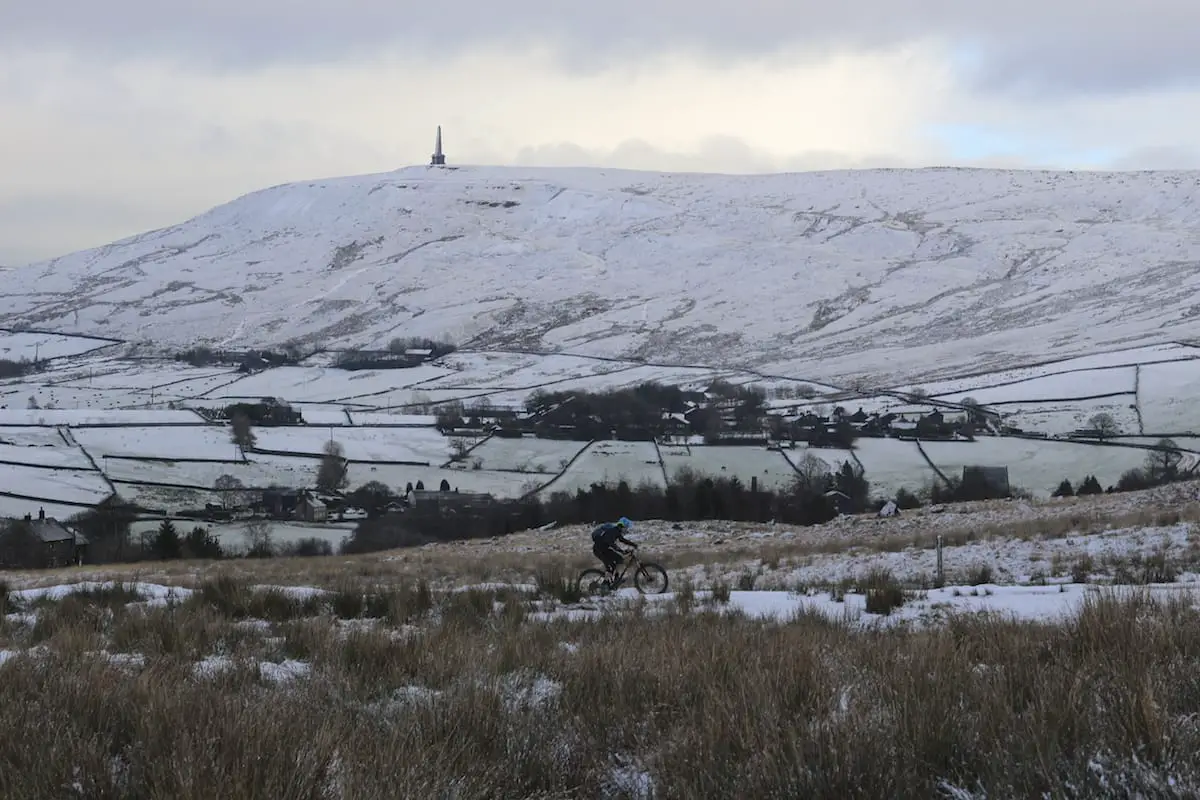
Verdict
If there’s one thing I’ve learnt after trudging through two British winters on two wheels, it’s that quality riding gear makes all the difference. Of course, any experienced mountain biker, hiker or outdoorsy person will tell you that. But as a fair weather rider in my previous life, to think that I can now look at sideways rain and sleet out the window and consider ‘yes, I’m going to go out and ride in that‘, has been quite the turnaround.
The selection of gear featured here is merely a highlights reel of some of the garments I’ve been making most use of. There are of course many other quality apparel brands out there other than Endura, and lately I’ve been testing some new threads from ION Products, Alpinestars and Madison, and some new winter shoes from Mavic, so keep your eyes peeled for those upcoming reviews.
In the meantime, though, I’ll have to agree that the Scottish brand certainly knows something about how to keep on keeping out in the wintertime – there’s no doubt it’s made a helluva difference for my riding. Or at least it’s removed the excuses anyway.







Interesting. I had the merino skullcap and found that it’s a bit too small for my noggin. I take a large Giro helmet as a point of reference. Maybe mine has shrunk a bit or they make them bigger now, mine is a couple of years old. Nice bit of kit but it’s been replaced with an Aldi equivalent which is a bit bigger.
I put duct tape over the forward facing vents on my helmet.
Previously I used a skull cap, but one year this used to turn the sweat from the climb into ice on the descents.
Now a Buff is sufficient and usually not required unless it’s below -5ºC
I do rate the Endura stuff and have most of the items above, The skull cap is for me amazing and fits bang on too. The biblongs are great for winter and cold morning commutes (like those we sometimes get in August). A nice bit of writing Will and once again well done Endura. yes there is cheaper stuff available but pound for pound I don’t think you can beat this brands stuff.
@jeffl – I suspect the fit has changed then, as you’d need a pretty big ol’ noggin to find this BaaBaa skullcap tight!
@pmurden – Thank you for the kind words!